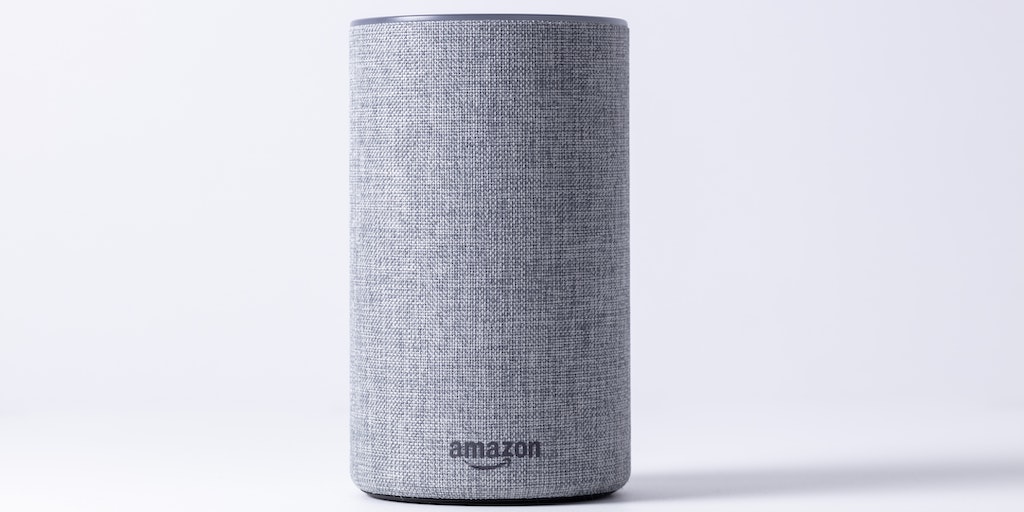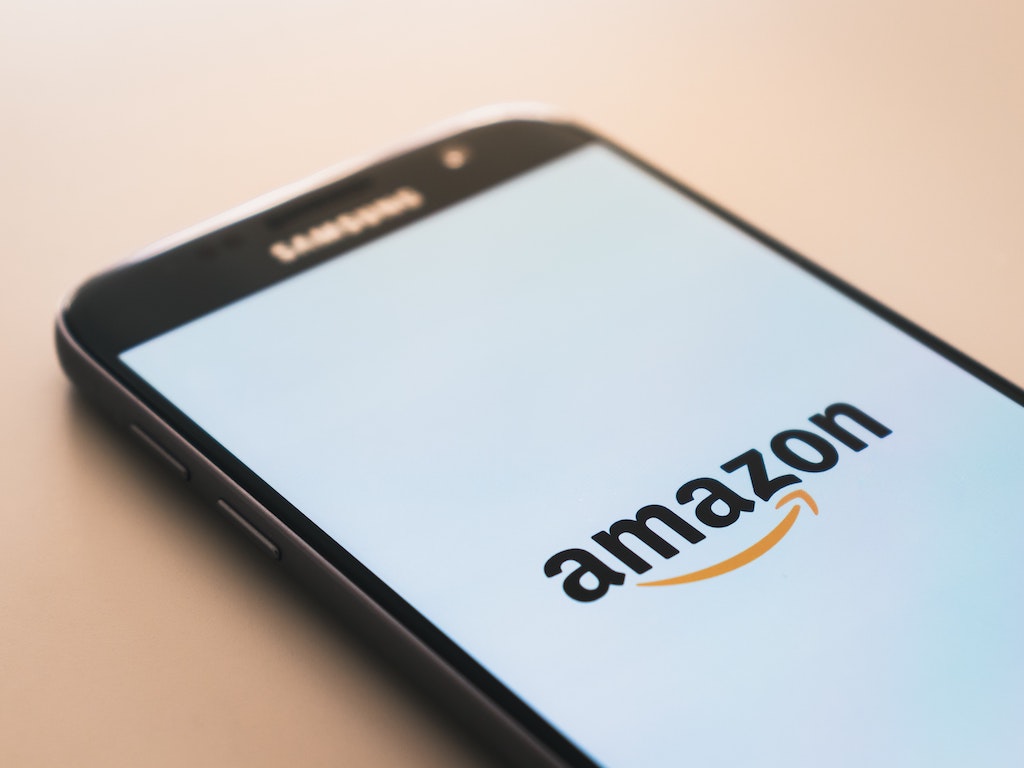5 Mins Read
Amazon dives into its sustainability commitments with a new range of eco products, Amazon Aware. But just how “aware” is it?
“People want to shop more consciously, and at Amazon we know we can make that easier,” e-giant Amazon said in a statement on its website today about the launch of its new sustainable private label brand, Amazon Aware.
“We launched the Climate Pledge Friendly program in 2020 as a way to help customers discover products that are more sustainable on Amazon, and today, we’re introducing Amazon Aware—a new line of everyday essentials, all with third-party certifications featured in our Climate Pledge Friendly program.”
The new range covers categories across apparel, home, beauty, and more, says Amazon, “all thoughtfully designed and made from materials such as recycled polyester, organic cotton, and bio-based ingredients.”
Amazon Aware
“We are committed to creating programs that contribute toward a more sustainable future,” said Matt Taddy, vice president Amazon Private Brands.
“We are excited to introduce Amazon Aware, as it’s another step that continues in our commitment to test, learn, and innovate, while offering low-priced, everyday essentials to our customers, all with third-party certifications featured in our Climate Pledge Friendly program.”
According to Amazon, the new label includes dermatologist-tested skincare products formulated with clean ingredients and packaged in sustainable materials with refillable options aimed at reducing single-use plastic.
Its new Amazon Aware bedding and bath products are made with certified organic cotton and certified Made In Green via OEKO-TEX—a certification that verifies the absence of harmful chemicals.
The new apparel collection is made from recycled materials and third-party certified organic materials, as well as HIGG Index and Global Recycle Standard certified.

The news comes just days after a report found the company was grossly misrepresenting its carbon footprint.
“This is how Amazon washes its hands of the climate impact of most of the things it sells: It simply decides to play by different rules than its peers,” Will Evans writes for Reveal.
The new report alleges that Amazon doesn’t count carbon emissions for products outside of its private label.
“For example, for all the packs of Pampers parents grab off the shelf at Target, the big-box retailer tallies the emissions that go into making those diapers as part of its carbon footprint. And when customers order Samsung TVs on Target.com, the company tacks on not only the carbon that went into making them, but also the emissions that will end up in the atmosphere when people plug in and use them,” Evans wrote.
“But when shoppers click ‘Buy Now’ on those same products on Amazon, the nation’s largest online retailer doesn’t count those carbon emissions. Amazon takes responsibility for the full climate impact only of products with an Amazon brand label, which make up about 1 percent of its online sales.”
Amazon’s Carbon Footprint
This makes the timing of its new sustainably-minded private label line a bit complicated.
Amazon says it’s committed to sustainability progress, namely working toward a 2040 net-zero target. If successful, that would put it ten years ahead of the Paris Agreement target.
But the company has been largely secretive about climate goals, receiving an “F” grade for failing to disclose its carbon footprint to the nonprofit CDP (Carbon Disclosure Project) until last year.
Amazon finally submitted its report last year, which showed discrepancies with its self-reporting and voluntary commitments, chiefly those 2040 net-zero targets, which won’t stack up if Amazon doesn’t count the full impact of purchases beyond its private label. It’s also not counting products it buys and resells from other manufacturers. It’s why despite revenue that was $100 billion more than its biggest competitor, Target, it reported a significantly lower number of emissions.
“[B]y not counting all of its emissions, it isn’t on the hook for cutting them,” Evans writes.
“As part of our ongoing mission to reach net-zero carbon, Amazon regularly reports our carbon footprint. Our own carbon footprint reporting already meets the widely adopted international standard of the GHG Protocol and has been independently audited and verified by Apex according to the International Organization for Standardization’s ISO 14064-3 verification,” an Amazon spokesperson told Green Queen via email.

Evans says Amazon is only counting its private label products, which account for just one percent of its total sales. CDP relies on the Greenhouse Gas Protocol to measure company progress on emissions. For Amazon, that means counting for every product sold, not just every product it makes or purchases directly.
“So these products might even be labeled ‘Climate Pledge Friendly’ on Amazon – like a box of Kleenex tissues. But the company doesn’t actually count them toward its Climate Pledge,” says Evans.
Amazon says that many of its third-party sellers “control their own carbon emissions accounting.”
“As part of Scope 3 reporting, Amazon also includes the lifecycle emissions for all Amazon-branded products (including embodied, customer use and disposal) such as Echo devices, Kindle e-readers, Amazon Basics and Whole Foods Market brands, which allows us to accurately decarbonize as part of our net-zero carbon journey,” the company spokesperson said. “Amazon uses an independent third-party assurer and follow guidance from the GHG’s Protocol Corporate Accounting and Reporting Standard in determining our Scope 1, 2, and 3 emissions calculations, including materiality and information reliability.”
But according to Reveal’s findings, the e-tailer has a long road ahead to meet significant sustainability targets.
“Even with the holes in Amazon’s accounting,” Evans writes, “the company that promises to get to zero by 2040 is going in the wrong direction.”
Still, Amazon insists it’s working toward a sustainable future, one buoyed by founder Jeff Bezos‘s giant Earth Fund, which he personally put $10 billion into.
“In addition to applying best-known practices for reducing carbon emissions, including the switch to 100% renewable energy by 2025 and transitioning to electric delivery vehicles, Amazon is also finding, investing in, and building new solutions to meet the urgency of the climate crisis,” the company said. “As a co-founder and the first signatory of The Climate Pledge, we set a goal to reach net-zero carbon by 2040 – 10 years ahead of the Paris Agreement because we knew we needed to go faster. We continue to rapidly scale investments in science-based carbon reduction solutions that will have large, long-term impacts to move us forward on our path to net-zero carbon by 2040.”
Lead image courtesy Christian Wiediger via Unsplash



